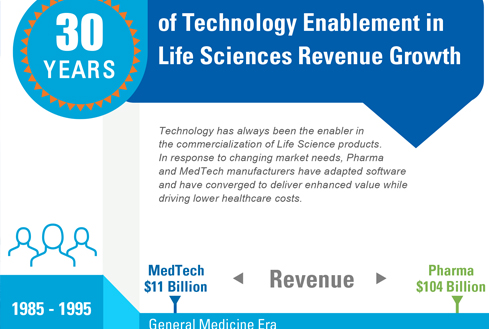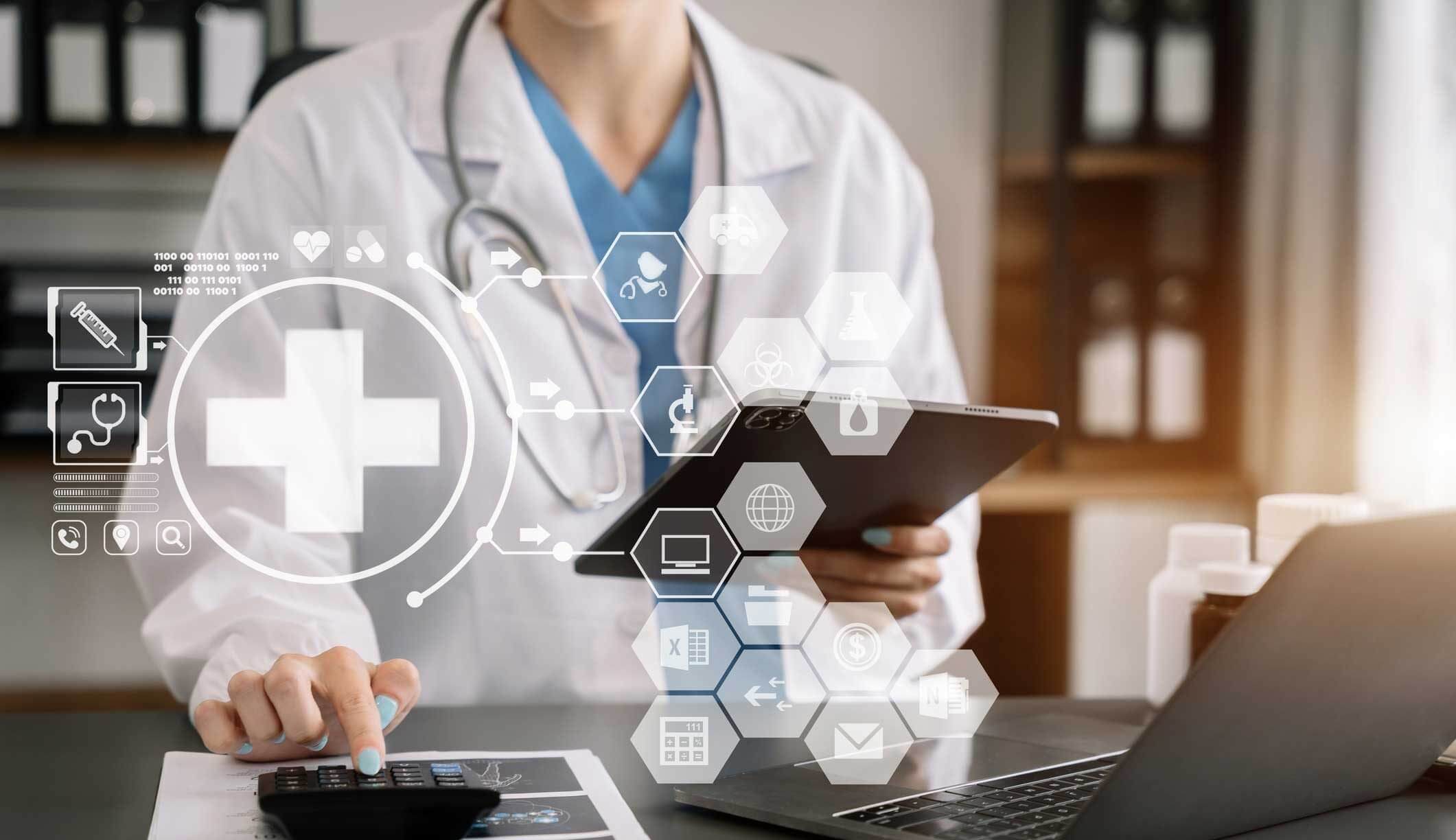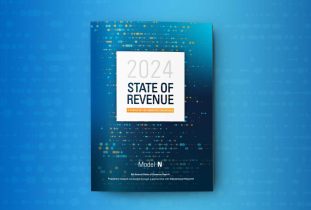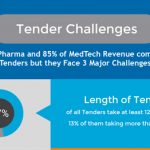Transforming Pharma Through Software
This is part one of a three-part blog series on Global Tender Management (GTM). Follow the series to learn why manufacturers no longer have to approach tenders traditionally.
The relationship between technology, specifically software, and life sciences has always been close although not overtly obvious. In the last 30 years, the relationship has contributed to industry growth from $115 billion to the $2 trillion giant life sciences will become in as early as 2022. Through the support of software, the industry has been able to adapt to changing market needs.
Earlier focus in the General Medicine era meant that broad indication medications like the first statin approved in 1986, Mevacor, ensured that a single launch could result in blockbuster sales. Naturally, the large volume production necessitated inventory and cost control, prompting companies to implement Enterprise Resource Planning (ERP) systems. Throughout the next decade, it became increasingly difficult for companies to find wide gaps in market needs and so the industry began specializing in specific therapeutic areas. In medical devices in particular, a first stent was launched and was hailed as a breakthrough in cardiology in 1994.
All throughout, technology has continued to support pharma growth through the Specialty Medicine era by using Customer Relationship Management (CRM) software to segment and target appropriate physicians and institutions. Moreover, advances into being able to rapidly process data have enabled the industry to widely incorporate gene sequencing into their R&D. From tumor genotyping with Herceptin in 1998 to Next Generation Sequencing in 2000 and Roche’s AmpliChip CYP450 for metabolic assessment in 2003, technology behind the science has helped manufacturers grow tremendously.
Understandably, the development of complex medicines drove higher prices, which in turn led payers to apply more pressure to lower costs. Once again, technology came to the rescue. With the realization that it’s no longer enough to cut costs or only streamline their pull-through efforts, manufacturers implemented Revenue Management (RM) solutions to maximize the top line of their income statements, empowering them to capture the true value of their products in the era of Personalized Medicine.
The relationship between life sciences and software seems to have only grown stronger over time. Now that we’ve entered the Technology Enabled Medicine era, with approval of the first artificial pancreas in 2016 and the first ever gene therapy in 2017, companies are utilizing the cloud as the platform to combine ERP, CRM, and revenue management software together.
Global Tender Management (GTM) is a perfect example of Model N’s CRM2 vision, which sets out to combine revenue management with CRM and ERP to deliver exponentially optimized value. It’s perfect timing too, as global payers are turning to tenders as their weapon of choice to drive lower healthcare costs.
Review 30 years of Technology Enablement in Life Sciences Revenue Growth.
In the next part of our blog on GTM, we’ll discuss challenges the industry encounters with tenders. Anything to add or have questions? Please email vsudol@modeln.com.
Sources
EyeforPharma.com, PharmExec.com, www.pharmamedtechbi.com, Evaluate LTD, HPS survey, Model N analysis, IMS, GlobalTenders.com, bidsinfo.com, Princeton.edu
















